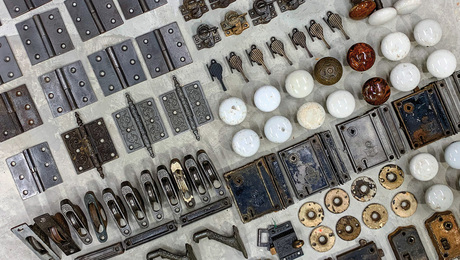BEST PRACTICES ?? – Insulating around a window
Hi. I am about to insulate around a window in my house that has large gaps on either side of it between the framing and the window frame. The gaps are 1 inch to 1 1/4 inches. Below the stool/sill the gap is about 5/8 to 3/4 inches.
My available materials are: fiberglass batt insulation (from a previous project), Rockwool insulation (left over from insulating the walls in that room), some Tyvek tape, and the sprayable expanding foam sealant.
Which should I use? Or do I use a combination of these materials? Or just the foam?
What is best practice? Are there any materials I’m leaving out of my list that I should be using?
HOW do I fill the cavity? All the way front to back or leave any air spaces? Where should the air space, if any, be? Toward the exterior of the house or toward the interior?
I will have a smart vapor retarder (like Certainteed Membrain, if I can find it available anywhere , having a difficult time getting it at the moment) on the walls too.
Thanks all. Appreciate your input.



















Replies
From your description, I'd ask if the window is firmly attached to the wall framing?
Sounds like there should be some fairly thick wedges and long screws.
If it's installed well enough, I'd go with door and window foam.
I'd recommend multiple "lifts" though. If you foam that much at once you may end up with the blob that ate the house. Easy enough to trim back with a razor saw though.
I have read that when you use the foam a small gap should be left toward the exterior so that any rain water that gets in will be able to drain out through the gap.
Thanks.
But when you use foam iit's hard to predict how far that foam will expand, so contolling for and trying to leave that gap won't be an exact science and would seem a bit like guess work.
It's an older house built around 1952 with brick exterior. Looks like it is an older Pella replacement window and yes it is firmly attached to the framing-long screws and stacked shims.
In other words, good on paper but hard to actually achieve.
For the larger gaps consider using rigid foam board and fill the rest of the way with the spray foam. Also, if you don't have one, consider purchasing a $50-$60 spray foam gun as the control that the gun's valve provides for dispensing foam is terrific. Of course you would need to have additional projects to justify the expense, but once you use the gun, you will never want to use the "straw cans" ever again!
Plus, with the gun, you will think of additional ways to use the spray foam, as you can partially use a can, and the "shelf life" is at least one month, once you close the valve.